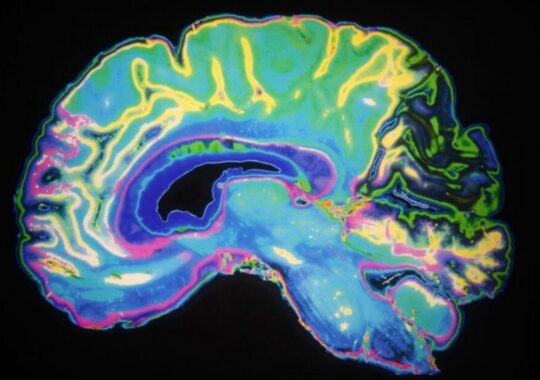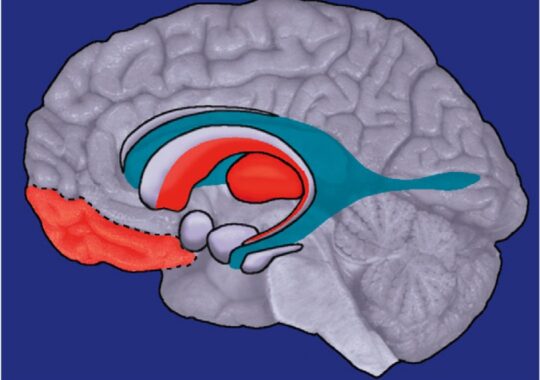By 2050, more than 131 billion people worldwide could be affected by diabetes, according to new estimates published this week in The Lancet. That’s 131 billion people living with a disease that interacts with and exacerbates many other diseases and causes life-altering morbidity and mortality. Type 2 diabetes is expected to rise, up from 529 million in 2021, driven by an increase in obesity and demographic shifts, as well as an increase in the prevalence of type 2 diabetes. Type 2 diabetes was responsible for 90% of all diabetes cases in 2021. Social risk factors, which thrive on the obesogenic design of our environments and the inequitable organization of our societies and resources, are responsible for the majority of this burden. These social risk factors include obesity, dietary risks, environmental and occupational risks, tobacco use, alcohol use, and a lack of physical activity.
A Series on Global Inequity in Diabetes is published by The Lancet and The Lancet Diabetes and Endocrinology at the same time as the 83rd Scientific Session of the American Diabetes Association. The unhappy and unequal history of diabetes is told in two papers, one focusing on the entire world and the other on the United States. Three out of every four adults with diabetes will live in low- or middle-income countries by 2045. In these countries, guideline-based diabetes care is currently available to only 10% of diabetics. Diabetes has devastating effects on those who are marginalized and discriminated against in every nation, regardless of economic status. Black and Indigenous American populations bear the greatest burden of type 2 diabetes in the United States, where the prevalence of the disease among young people has nearly doubled in the past two decades.
The reason for this may be conceived in Paper 1 of the Series. It demonstrates how the social determinants of health are amplified and exacerbated by structural racism and geographical inequality, affecting the availability of diabetes care and treatment. People who have experienced racism and oppression in the past or present suffer worse clinical outcomes and a higher prevalence of type 2 diabetes as a result. Racism was not taken into account by The Lancet Commission on Diabetes, which called for population-based prevention strategies and emphasized the broad social and environmental factors that contribute to type 2 diabetes. The impact that structural racism has on diabetes and other non-communicable diseases was not the primary topic of discussion at the World Health Assembly this year. The significance of equitable partnerships, the development of community capacity and trust, altering the ecosystem, and enhancing the clinical practice environment are all emphasized in a subsequent paper in the Series on potential interventions. Finding funding for these initiatives is frequently challenging given their limited scope. To address centuries of injustices that have followed the well-worn paths of power and colonization, a much broader and more ambitious program is required.
Biomedical interventions and new devices continue to be the primary focus. Over the next ten years, estimates for the global market for drugs for type 2 diabetes vary widely, with some reaching more than US$100 billion. By 2045, global spending on diabetes-related health care is expected to reach $1054 billion. It is understandable that GLP-1 agonists and newer drug combinations that aid in weight loss and blood sugar control are generating excitement and utility. However, according to the authors of the book Inflamed Deep Medicine and the Anatomy of Injustice, Rupa Marya and Raj Patel, the solution to unhealthy and unfair societies is not more pills; rather, it is to re-evaluate and re-imagine our lives in order to provide opportunities to address racism and injustice and to prevent the primary social drivers of disease. Preventive strategies and health promotion—areas that consistently receive insufficient funding—must incorporate structural racism as a central component. Preventive care, for instance, accounted for 28% of health expenditures in EU countries in 2018. Even though COVID-19 gave health ministries a chance to rethink how they spend money, little seems to have changed in terms of how much money is put into public health.
This century’s most important disease will be diabetes. The population’s health and life expectancy will be influenced for the next 80 years by how the medical community addresses diabetes in the next two decades. The true scope and threat of diabetes are understated, and the world has failed to recognize its social nature. The estimates from the GBD 2021 and the Lancet Global Inequity in Diabetes Series are urgent calls to action.
Disclaimer: The views, suggestions, and opinions expressed here are the sole responsibility of the experts. No Clear Insight Research journalist was involved in the writing and production of this article.





